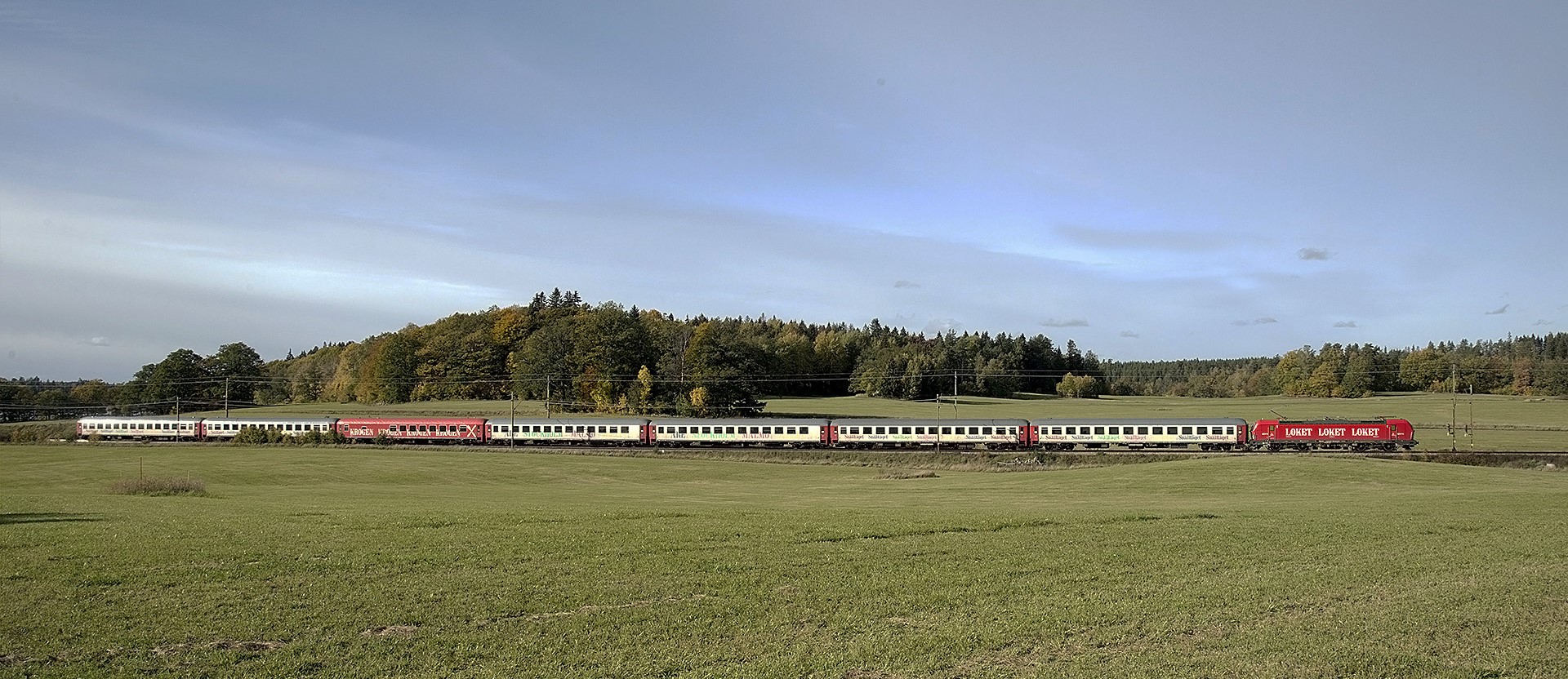
2010 - The Monopoly Ends
In 2001, SJ was transformed into a state-owned public company—just like Green Cargo. Even though most of SJ’s operations as a government agency were phased out, railway deregulation was still lagging behind.
On the Western Main Line, for example, the monopoly remained in place for a while longer, benefiting SJ AB. As a side note, the small part of the agency that continued after corporatisation in 2001 was nicknamed “Rest-SJ.” It managed responsibilities such as the Railway Museum (until it was transferred to the Swedish Rail Administration in 2003), as well as leasing agreements with North American pension funds and banks.
By the turn of 2012–2013, Rest-SJ was shut down after completing its tasks, such as the early buy-back—ten years ahead of schedule—of leased rolling stock. A total of 7,259 vehicles were involved in these leasing contracts.
Step by step, the remaining areas of the former public agency were either deregulated, closed down, or sold off. Certain main lines were considered “too profitable”—exactly the parts the private market had been eyeing, where there was money to be made. It wasn’t until 2010 that the Western Main Line, for instance, was finally deregulated. It marked the end of the old SJ.